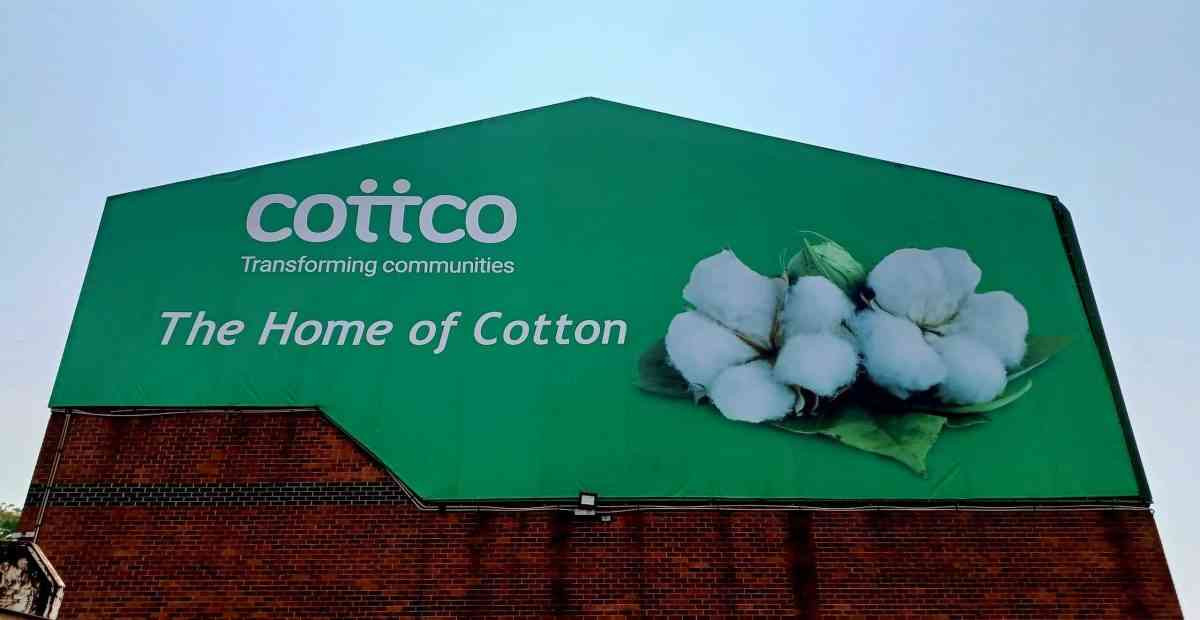
ZIMBABWE spends over US$400 million annually in importing medical drugs, as the country’s pharmaceutical industry battles underfunding, according to a senior official in the Ministry of Industry and Commerce.
Speaking at the launch of a local pharmaceutical firm Sapps Pharmaceuticals, Dayford Nhema, a deputy director, said the bill for importing drugs was too high.
About 90% of drugs on the market were imported, Nhema said, noting that it was important to capacitate the local industry to help the country save foreign currency.
The company, which was licensed by the Medicines Control Authority of Zimbabwe in November 2021, started manufacturing drugs in last year.
The payment of millions of United States dollars towards the importation of critical medicines is of major concern to government, Nhema said, but noted that Zimbabwe does not have enough capacity to produce its own medicine.
“In terms of imports of pharmaceutical products, Zimbabwe spends over US$400 million annually on imported drugs, estimated at almost 90%,” Nhema said.
“The importation process, coupled with transport costs, result in our citizens bearing the brand of expensive healthcare products,” he added.
He said the government was working on implementing supportive measures to assist local companies in the production of medicines locally as part of the National Development Strategy 1.
- Chamisa under fire over US$120K donation
- Mavhunga puts DeMbare into Chibuku quarterfinals
- Pension funds bet on Cabora Bassa oilfields
- Councils defy govt fire tender directive
Keep Reading
“The government is implementing the duty-free importation of pharmaceutical ingredients. We are also implementing the local content strategy with the ultimate objective of seeing increased productivity in the pharmaceuticals sub-sector,” Nhema said.
Industry and Commerce ministry was working on growing the local pharmaceutical industry by regulating the importation of drugs.
In 2005 Zimbabwe, along with Nigeria, South Africa and Kenya, was rated among five countries identified by the World Bank as having capacity to produce medicines for domestic consumption and exports.
Sapps became the 10th player in the manufacturing of medicine locally.
“Sapps Pharmaceuticals was born out of frustration. Patients would come in need of medicines but they could not afford. I tried my best and we started a small charity fund for the most desperate cases who could not afford treatment.
“I had to find a way to be part of the solution,” Sapps founder Kudzai Hove said.
Pharmaceuticals Manufacturers Association chairman Emmanuel Mujuru also said it was important to capacitate local pharmaceutical companies.
“Our industry needs support in providing more financing options for new industrial players and also support from fellow health practitioners by choosing to prescribe local generic medicines and reducing over-reliance on innovator brand products,” Mujuru said.
With an aging population and rising rates of chronic disease, Zimbabwe's pharmaceutical sector needs to be able to meet rising demand.
According to the United Nations Population Fund report for 2022, Zimbabweans aged 65 years and above were estimated at three million last year.
The older population is more likely to suffer from chronic conditions like cardiovascular disease, cancer and gastrointestinal disorders.
This demographic shift is expected to boost the need for drugs in Zimbabwe.
In June 2021, the government launched the 2021-2025 pharmaceutical manufacturing strategy to improve the local production of drugs, thereby increasing the availability of essential medicines.











